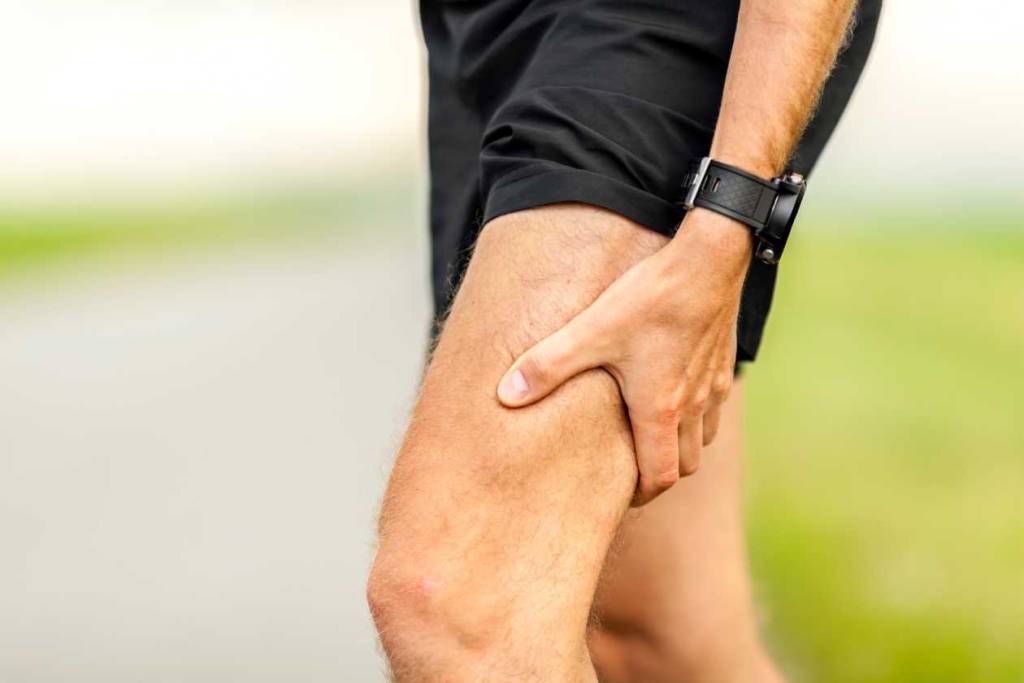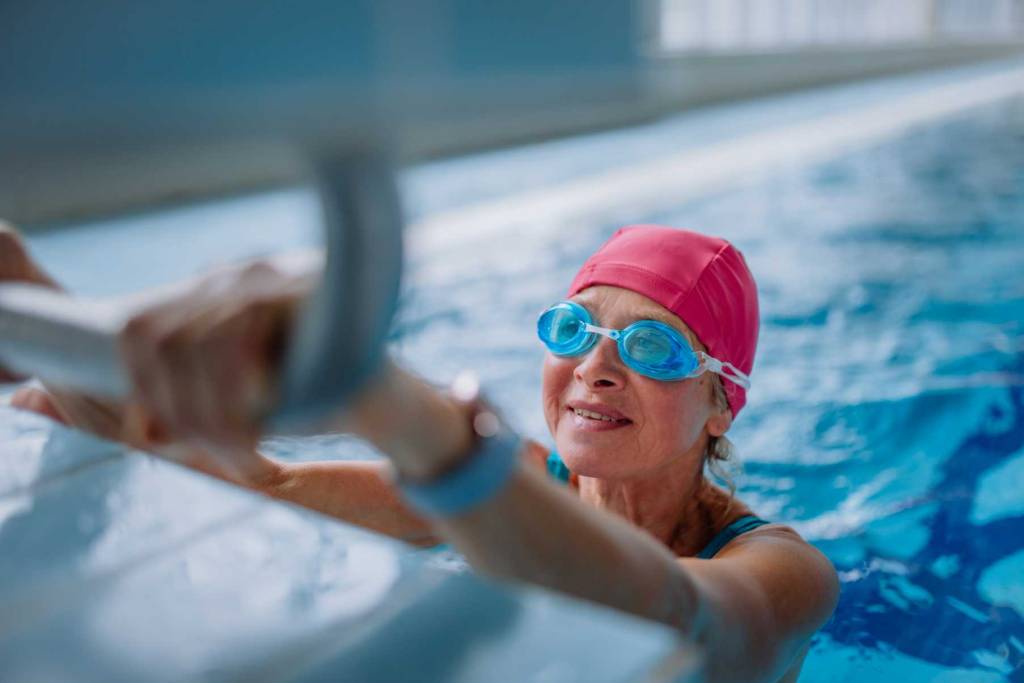Orthostatic Intolerance
Introduction
Orthostatic Intolerance (OI) is a condition that involves abnormal symptoms in patients upon standing, while the same symptoms improve when lying down. It is very common among people with ME / Chronic Fatigue Syndrome. OI is mainly associated with physiological phenomena like:
an extreme drop in blood pressure or orthostatic hypotension (OH)
an extremely fast heart rate upon standing, or postural orthostatic tachycardia syndrome (POTS)
inability to maintain muscle tone and contraction of the blood vessels, or neurocardiogenic syncope (NMH)

Symptoms
Some of the most common symptoms that OI patients experience while standing for a longer period are:
Frequent headaches
Chronic fatigue
Cold hands and feet
Muscle pain
Mental impairment, difficulties in concentrating or putting words together
Easy fainting after standing for a longer period
Heart pounding when standing
Nausea and vomiting
Chest soreness
Factors
Although it is unclear why the neurological mechanisms suffer a failure in patients who have this condition, there are numerous factors that can worsen the symptoms of orthostatic intolerance, including:
Prolonged standing (hairdressers, washing dishes, waiting in line)
Warm environment (summertime, crowded rooms, hot baths, sauna, spa) Heat dilates blood vessels which leads to loss of electrolytes and fluids that help in the body cooling process. Being in a warm environment worsens the OI symptoms.
Excessive eating
Exercising and sudden stopping
Emotionally stressful situations
Certain medications (consult your doctor)

Lifestyle Management
OI symptoms can be managed by implementing new habits in your daily life, including:
- Hydrate
Increase your daily intake of water to eight 8-ounce glasses, or 2 liters. Half of the fluid intake should consist of electrolyte drinks.
More Sodium
Eat food rich in sodium (3-5g 0f salt per day). Pickles, canned foods, soups, soy sauce, dressings, sodium chloride salt tablets (supplements).
Wear compression clothes
Wear knee-high socks, tight exercise pants/shorts, waist-high stockings. Put them on when you get up in the morning and take them off before going to bed.
- Light exercise
The best exercise for people with OI symptoms is swimming, thanks to hydrostatic pressure. Start with 5 minutes/day and try to work up to 30minutes/day. Light weight lifting and a recumbent bike can also be gradually added to your routine. Always use compression clothing and hydrate.
- Eat small meals
Small, but frequent meals will also help you reduce OI symptoms. Avoid alcohol and caffeine at all costs as they dilate blood vessels. Don’t exercise right after your meal; wait at least an hour.
